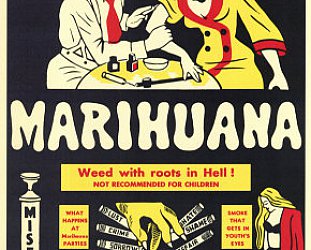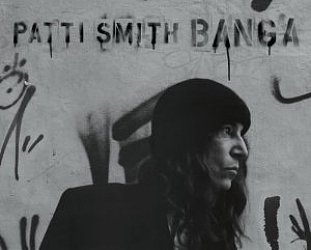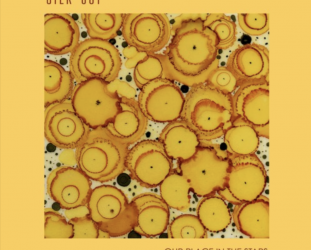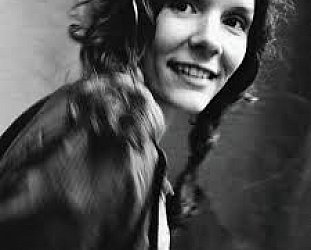Graham Reid | | 1 min read
Outer Limits: Any Day Now

A few years ago I was invited to write the liner essays in a series of collections of New Zealand psychedelic Music (A Day in My Mind's Mind). What became clear was that from our end of the world where the relevant drugs arrived a bit later, musicians and producers invented their own idea of what psychedelic music was.
Mostly it was bent, often heavily phased, pop-rock with a little additive of English whimsy.
This 21-song collection subtitled "UK pop and psychedalia 1965-70 from the Angel Air catalogue" is similar in its early overs: Favourite Sons, Phillip Goodhand-Tait with the Stormsville Shakers, the Treacle (with future Spider From Mars guitarist Mick Ronson) and Outer Limits from '65-'66 all deliver effective pop-rock (with an edge of garageband r'n'b) and the "psychedelic" bit arrives in the form of fuzzed guitar solos -- and don't sound that far removed from New Zealand bands like Larry's Rebels, the La De Das and, particularly, the Fourmyula.
By the time '67 rolls around the tone and lyrics change considerably: ideas of suburban alienation among straights ("this is the story of a lonely man" proclaim Outer Limits on their Lennonesque Epitaph for a Non Entity) and backwards guitars arrive (The Rat's The Rise and Fall of Bernie Gripplestone).
That folksy whimsy appears on Circus' title track; The Alan Brown offer a version of All Along the Watchtower which is one part Moody Blues and another of The Crazy World of Arthur Brown; Affinity (two previous members of Ice) go a lightly trippy jazz-rock route on Night Flight then prog-rock on I Am the Walrus (courageous); and Ancient Grease from Wales get prog-lite'n'melodic on Time to Die.
There are two bands here who were actually well-known at the time: Family fronted by the distinctive quivering voice of Roger Chapman (here with the dramatic Weavers Answer) and Atomic Rooster (the demo of Devil's Answer from 1970).
This is an interesting more than essential collection -- but it does show how minds on both sides of the world were working with almost alarming similarity during this slightlydelic period. And trying to be trippy in under four minutes for the most part.







post a comment